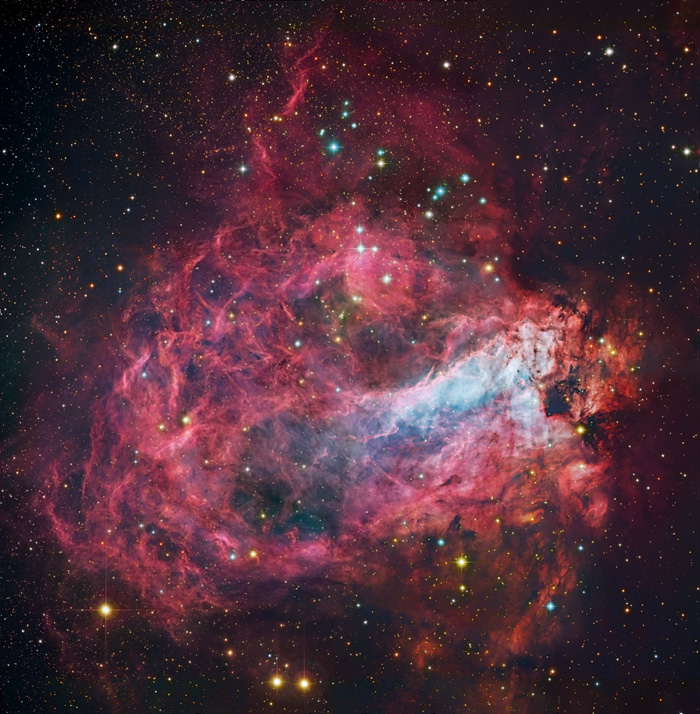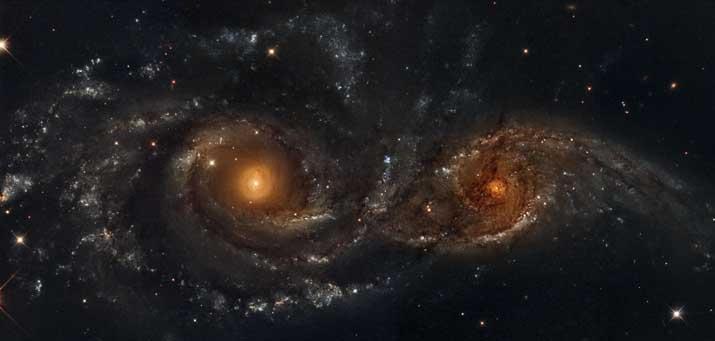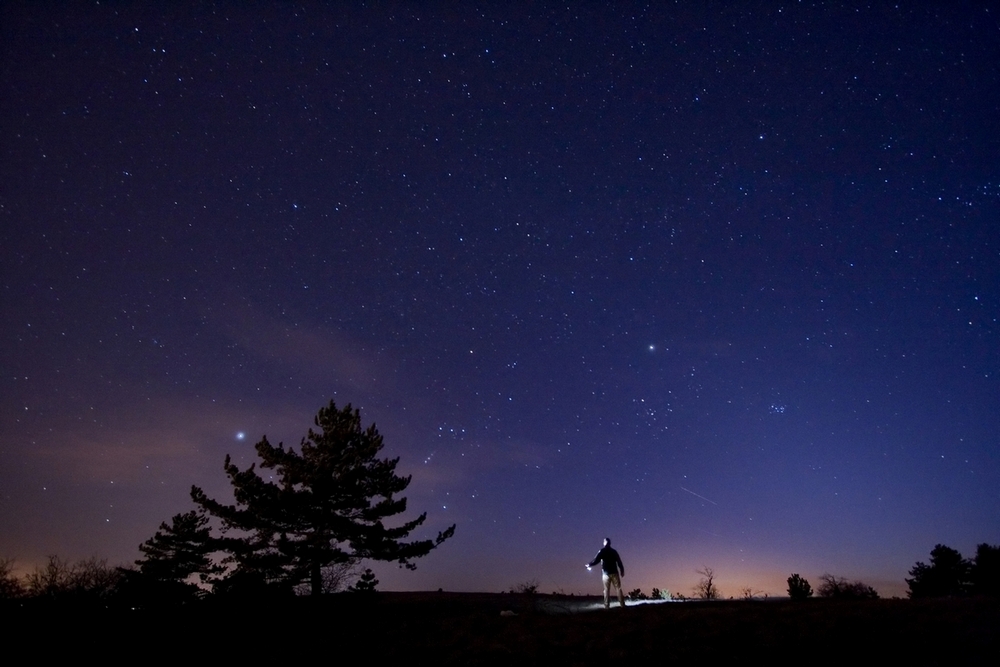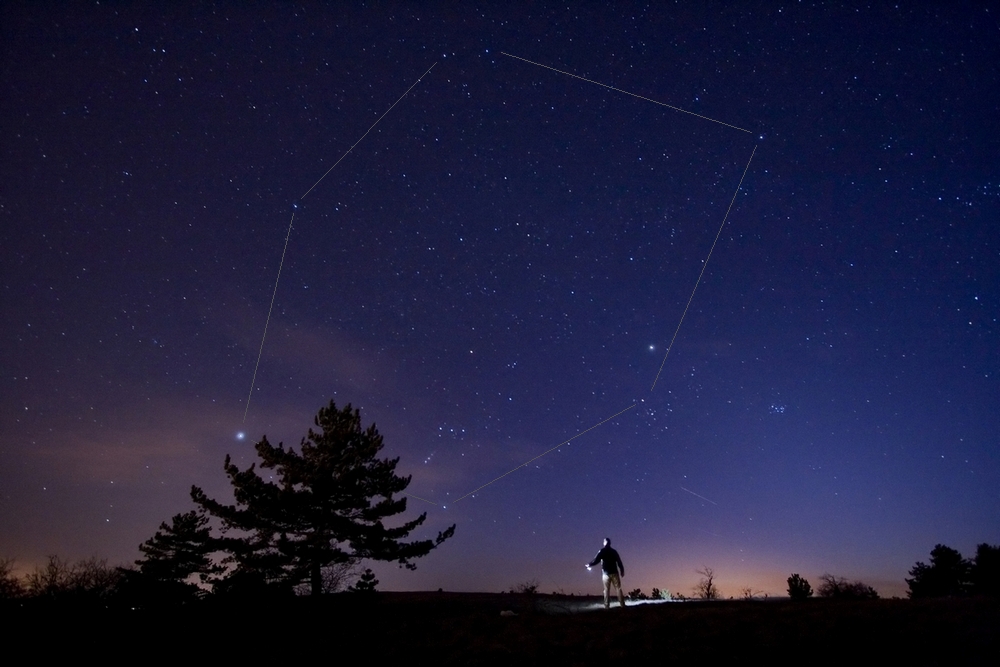The Carina Nebula (NGC 3372) in Near Infrared
http://www.rolfolsenastrophotography.com
Copyright: Rolf Wahl Olsen
The Carina Nebula (NGC 3372) in Optical
http://www.rolfolsenastrophotography.com
Copyright: Rolf Wahl Olsen
Link to large optical image: http://smu.gs/ZPUVq8
Link to large infrared image: http://smu.gs/151qzZK
About the images:
These images show the Great Nebula in Carina (NGC 3372) in optical and infrared light. This majestic nebula is one of the largest nebulae in the sky and lies about 7,500 light years distant in the Southern constellation of Carina, The Keel. Several star clusters containing some of the brightest and most massive stars known are found here, including the extremely luminous hypergiant star Eta Carinae - one of the prime candidates for the next supernova explosion in our galaxy.
Traditional images of the Carina Nebula taken in visible light primarily display the striking magenta colour from glowing Hydrogen gas, as well as large dark obscuring clouds of dust.
But infrared light penetrates these clouds better and allows for a deep peek into the heart of the nebula, revealing complex details and thousands of young stars that are otherwise completely invisible.
These stars shine primarily in the infrared and appear as golden red in this image. Only a minority of these are even visible in traditional images.
The infrared region seems largely unexplored by amateur astronomers. But using a filter that only allows infrared light (>700nm) to pass through allows for obtaining an image of these hidden features. Effectively the band observed is 700-1100nm since the sillicon CCD chip is not responsive to wavelengths longer than that, and this band is called NIR (Near Infrared). One issue arising from this technique is that the NIR band does not have a colour as such, since it lies outside the visible light spectrum. So in this image I have substituted the R channel with NIR which nicely brings out the contrast between the nebula itself and all the young obscured stars that shine primarily in infrared.
I used a NIR filter together with G and B filters to create this colour composite. The resulting images were assigned to the different channels as NIR->Luminance, NIR->Red, G->Green and B->Blue.
Images of the Carina Nebula taken in visible light primarily display the striking magenta colour from glowing Hydrogen gas, as well as large dark obscuring clouds of dust. Some notable features are visible in this high resolution view of the central part of the nebula:
Trumpler 14 is one of the youngest and most luminous star clusters in our galaxy. The fierce ultraviolet radiation from its blue giant stars is slowly eroding the surrounding gas and dust away and sculpting huge dark pillars in the process.
At the core of the nebula lies the famous Keyhole (upside-down in this view), a constellation of dark clouds and glowing gas that resembles a giant keyhole.
Also visible throughout the image are numerous Bok globules, which are small dark clouds where new stars are likely forming. These often appear as small dark specks floating in front of the glowing background gas.
The most prominent feature is the unstable hypergiant star Eta Carinae. This, the most luminous star known in our Galaxy, is 100 times more massive than our Sun and 5 million times as bright. The star has entered the final stage of its life and is highly unstable. It is a likely candidate for the next supernova explosion in our galaxy.
Eta Carinae produces giant outbursts from time to time, with the small hourglass shaped Homunculus Nebula being the result of the most recent event in 1841. At that time, and despite its large distance of 7,500 light-years, Eta Carinae briefly became the second brightest star in the night sky, surpassed only by Sirius.
I also made a video from this data: "Hidden Treasures of the Carina Nebula"
Link to HD video: http://smu.gs/ZPVxMC
This video is a tour of the Great Nebula in Carina (NGC 3372) in both optical and infrared light. The music was composed specifically for this animation by my longtime friend Thomas Regin.
Make sure you switch to 1080p HD and watch it in full screen, and turn the sound on. Enjoy






















